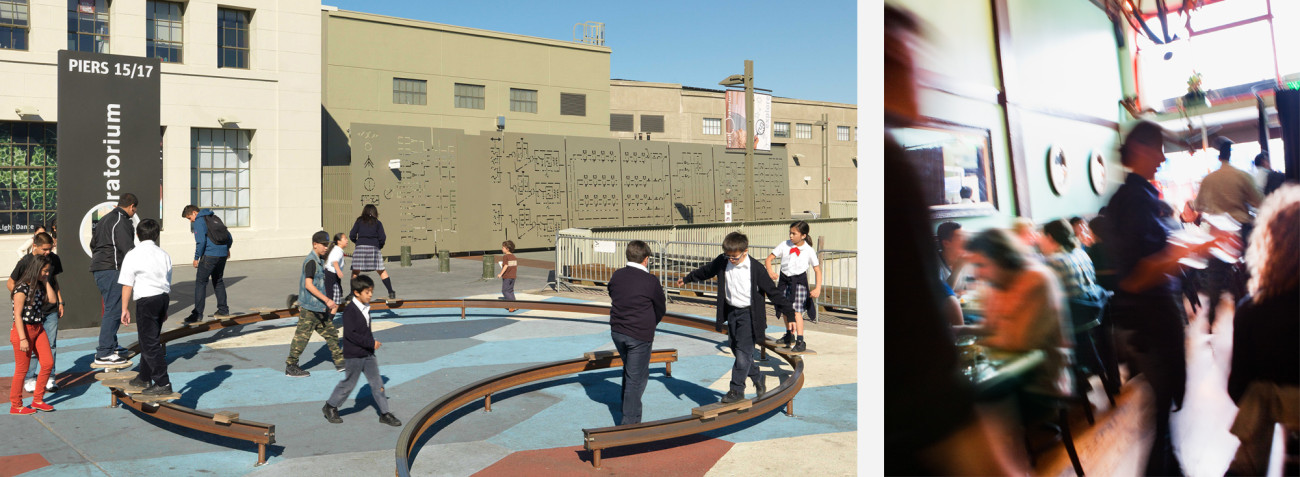Construction crews at the Bay Meadows site in San Mateo have been busy preparing the site to future development by working on infrastructure.
The 83-acre former race track is slated for up to 1,066 housing units, 750,000 square feet of office space, 75,000 square feet of retail/active use space, 17,800 square feet of restaurant space and 15 acres of public space.
Construction on the first homes could start early next year, said Chris Meany, principal of Wilson Meany Sullivan, the developer behind the project.
“We are working on about 25 to 30 percent of the site right now,” he said. “We expect to have the roads in that section by the end of the year and then have land parcels ready to build on next year.”
The first phase of housing will include about 300 homes built over two years. The units will be what Meany called “medium density” townhomes, which he said are more likely to sell faster than other unit types.
The entire development will consist of a variety of housing, including attached townhomes, single-family detached homes and multifamily units.
Meany said the developer is trying to create a new village within San Mateo that not only offers all the elements of a neighborhood – housing, retail, jobs, public space – but also makes walking and interacting with other residents appealing.
“We wanted to create a sense of, ‘Even though I’m part of a bigger whole, I really connect with the people in my own specific small village,’ – that’s how the Peninsula operates,” Meany said.
City officials have a similar vision for the site. Darcy Forsell, a San Mateo planner who worked on the project, said the city wanted to make sure Bay Meadows became a comprehensive development that would take advantage of the nearby Hillsdale Caltrain Station.
“This is San Mateo’s flagship transit-oriented development. We don’t have any other sites of this size,” Forsell said.
Infrastructure, which is under construction right now, is a critical component, Forsell said. For a transit-oriented development to work, it needs to connect easily to other parts of the city with roads, transit and bike paths.
“It is our hope that new mixed-use, in-fill developments around a well-served Caltrain Station will help reduce vehicle trips and greenhouse gas emissions,” she said. “It will also provide opportunities to create a different lifestyle for people.”
Read the original story here.
